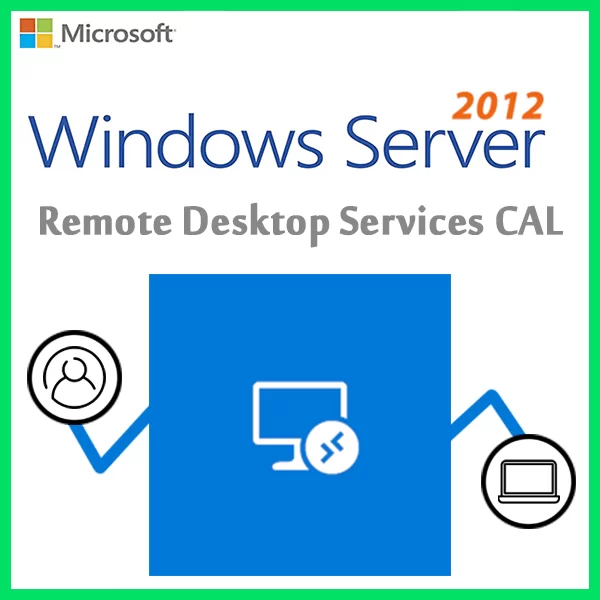Home » Licensing RDS User CALs vs. Device CALs: Which to Choose
Licensing RDS User CALs vs. Device CALs: Which to Choose
Remote Desktop Services (RDS) is a powerful technology that allows users to access desktops and applications remotely. When licensing RDS, organizations have a crucial decision to make: whether to opt for User Client Access Licenses (User CALs) or Device Client Access Licenses (Device CALs). In this guide, we’ll explore the considerations and help you make an informed choice between RDS User CALs and Device CALs.
Understanding RDS CALs
Before deciding on the right licensing model, it’s important to understand the two types of RDS CALs:
RDS User CALs (User Client Access Licenses)
- User-Based: RDS User CALs are assigned to individual users. Each user who needs access to RDS must have a User CAL.
- Flexibility: This model is ideal for organizations with users who need remote access from various devices and locations.
- User Mobility: Users can access RDS from any device, which is particularly beneficial for remote work scenarios.
RDS Device CALs (Device Client Access Licenses)
- Device-Based: RDS Device CALs are assigned to specific devices. Each device that connects to RDS requires a Device CAL.
- Device Sharing: This model suits organizations where multiple users share a single device to access RDS.
- Fixed Access Point: Device CALs are linked to the device, making them suitable for scenarios where users consistently access RDS from the same device.
Considerations for Choosing
The choice between RDS User CALs and Device CALs depends on several factors:
User Behavior
- User CALs: Choose User CALs if users frequently access RDS from multiple devices or locations.
- Device CALs: Opt for Device CALs when multiple users consistently use the same device to access RDS.
User Count
- User CALs: If the number of users exceeds the number of devices, User CALs may be more cost-effective.
- Device CALs: If the number of devices is significantly fewer than the number of users, Device CALs can be a budget-friendly choice.
User Mobility
- User CALs: Ideal for scenarios where users require mobility and flexibility in accessing RDS.
- Device CALs: Suitable for fixed access points where mobility is not a primary concern.
Device Sharing
- User CALs: For individualized access and scenarios where devices are not shared.
- Device CALs: When multiple users share the same device for RDS access.
Licensing Costs
The cost of RDS CALs varies based on the licensing model and the edition of Windows Server in use. Be sure to factor in licensing costs into your budget planning.
Compliance and Record-Keeping
Regardless of the licensing model you choose, maintaining compliance with RDS licensing is essential. It’s crucial to keep records of your CALs, users, devices, and compliance with your volume licensing agreement.
Best Practices
- Perform an assessment of your organization’s remote access needs before choosing the licensing model.
- Keep accurate records of CALs, licenses, and users/devices to ensure compliance.
- Consult with Microsoft licensing experts or authorized resellers for guidance on complex licensing scenarios or questions.
In conclusion, the choice between RDS User CALs and Device CALs depends on your organization’s specific needs and user behavior. By considering factors such as user mobility, device sharing, and user count, you can make an informed decision and ensure efficient and cost-effective remote desktop access.
Recent posts

RemoteApp and Desktop Connections in RDS: Simplifying Access
Explore RemoteApp & Desktop Connections in RDS for streamlined access to remote apps and desktops from a centralized interface.

RDS Licensing in Windows Server 2022: What’s New?
Explore the latest enhancements in Remote Desktop Services (RDS) licensing on Windows Server 2022 for seamless remote access.

RDS License Server: Installation and Configuration Guide
Step-by-step guide on how to install and configure a Remote Desktop Services (RDS) License Server to manage RDS CALs for Windows Server.











